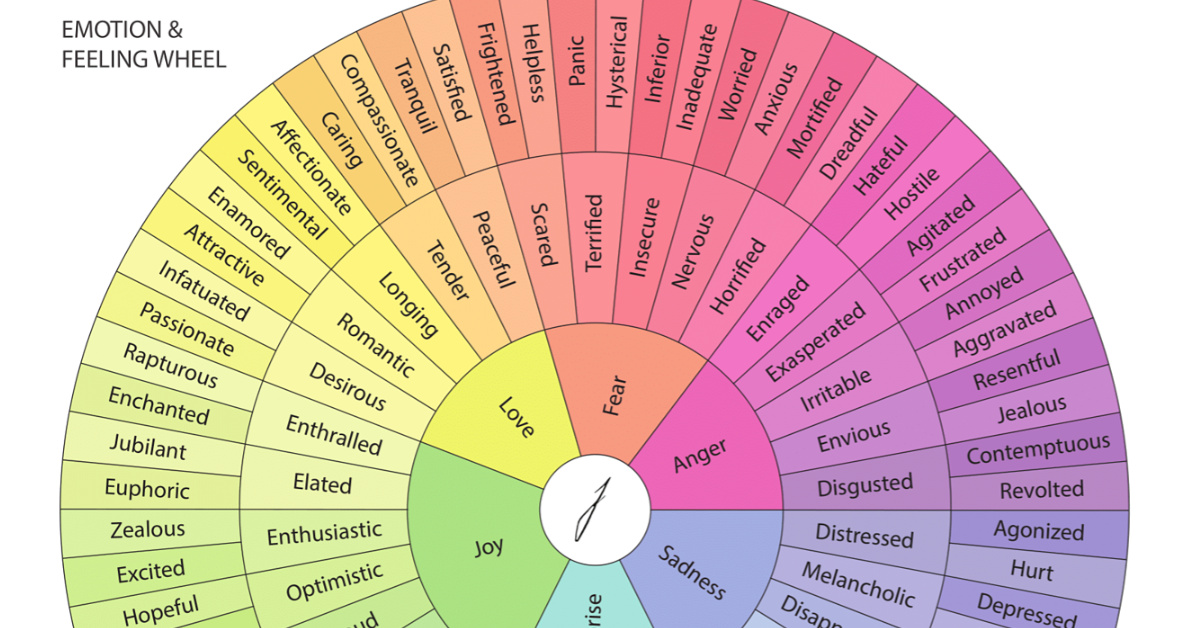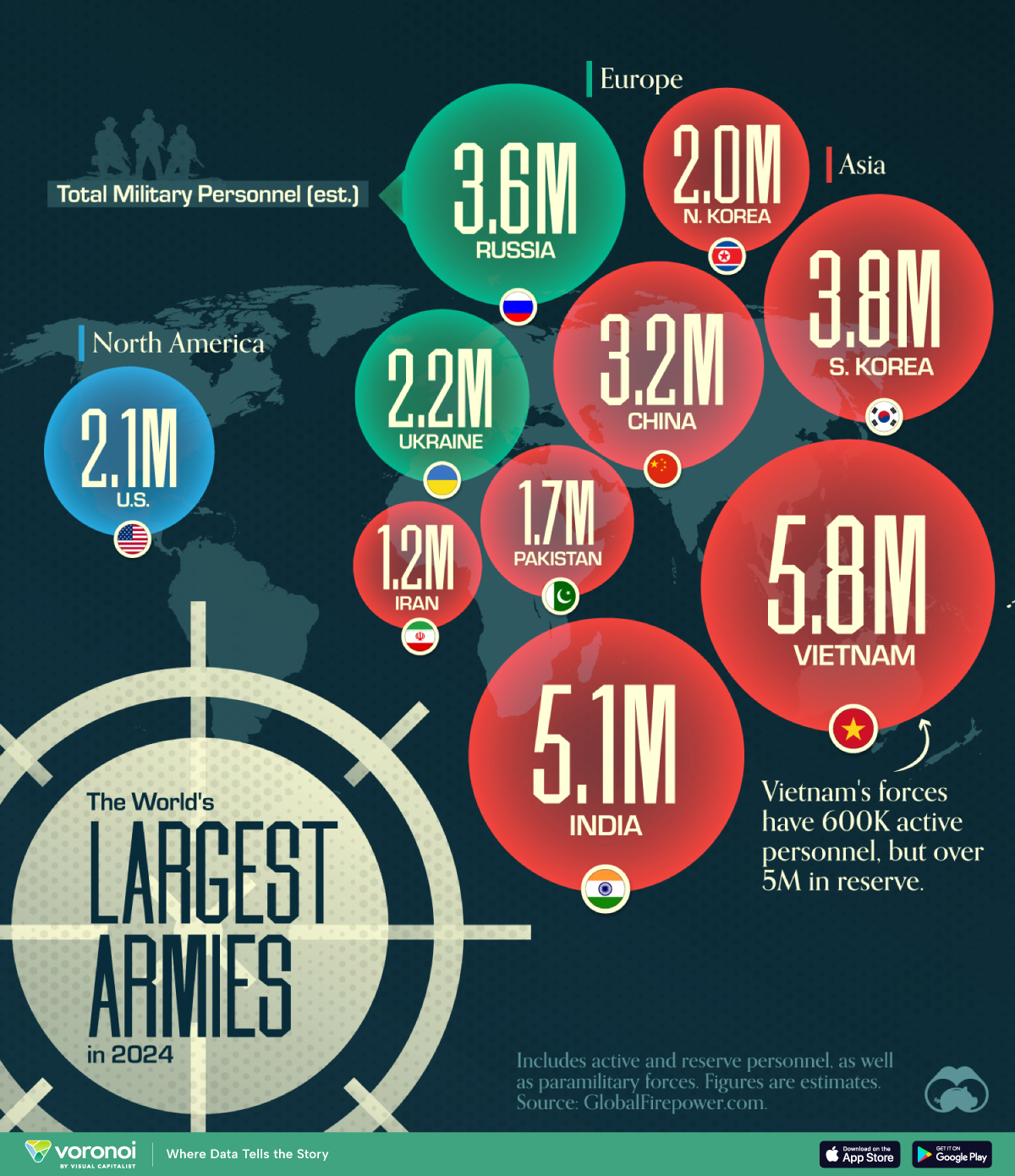Misc
A Visual Guide to Human Emotion
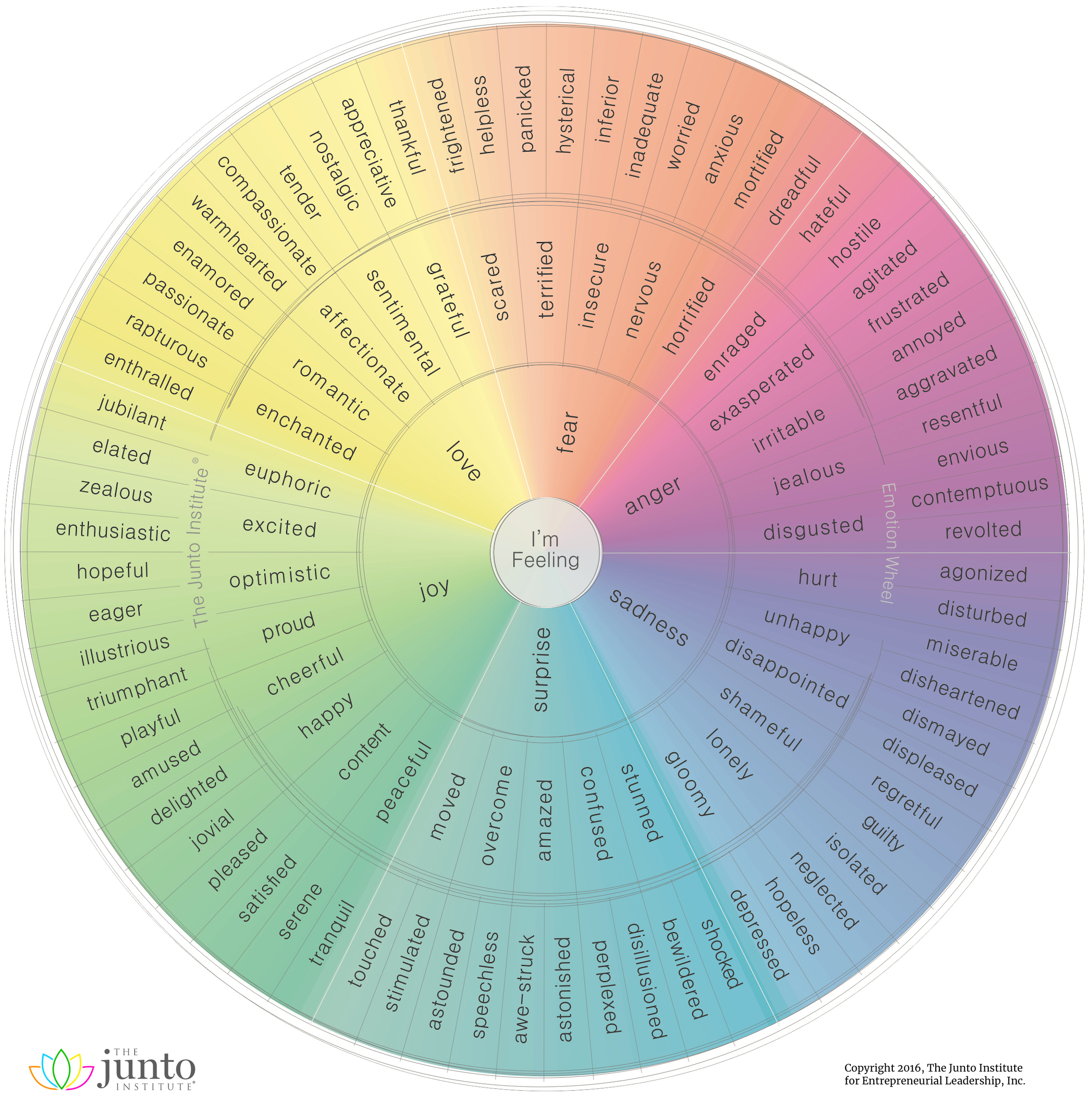
A Visual Guide to Human Emotion
Despite vast differences in culture around the world, humanity’s DNA is 99.9% similar.
There are few attributes more central and universal to the human experience than our emotions. Of course, the broad spectrum of emotions we’re capable of experiencing can be difficult to articulate. That’s where this brilliant visualization by the Junto Institute comes in.
This circular visualization is the latest in an ongoing attempt to neatly categorize the full range of emotions in a logical way.
A Taxonomy of Human Emotion
Our understanding has come a long way since William James proposed four basic emotions – fear, grief, love, and rage—though these core emotions still form much of the foundation for current frameworks.
The wheel visualization above identifies six root emotions:
- Fear
- Anger
- Sadness
- Surprise
- Joy
- Love
From these six emotions, more nuanced descriptions emerge, such as jealousy as a subset of anger, and awe-struck as a subset of surprise. In total, there are 102 second- and third-order emotions listed on this emotion wheel.
Reinventing the Feeling Wheel
The concept of mapping the range of human emotions on a wheel picked up traction in the 1980s, and has evolved ever since.
One of these original concepts was developed by American psychologist Robert Plutchik, who mapped eight primary emotions—anger, fear, sadness, disgust, surprise, anticipation, trust, and joy. These “high survival value” emotions were believed to be the most useful in keeping our ancient ancestors alive.
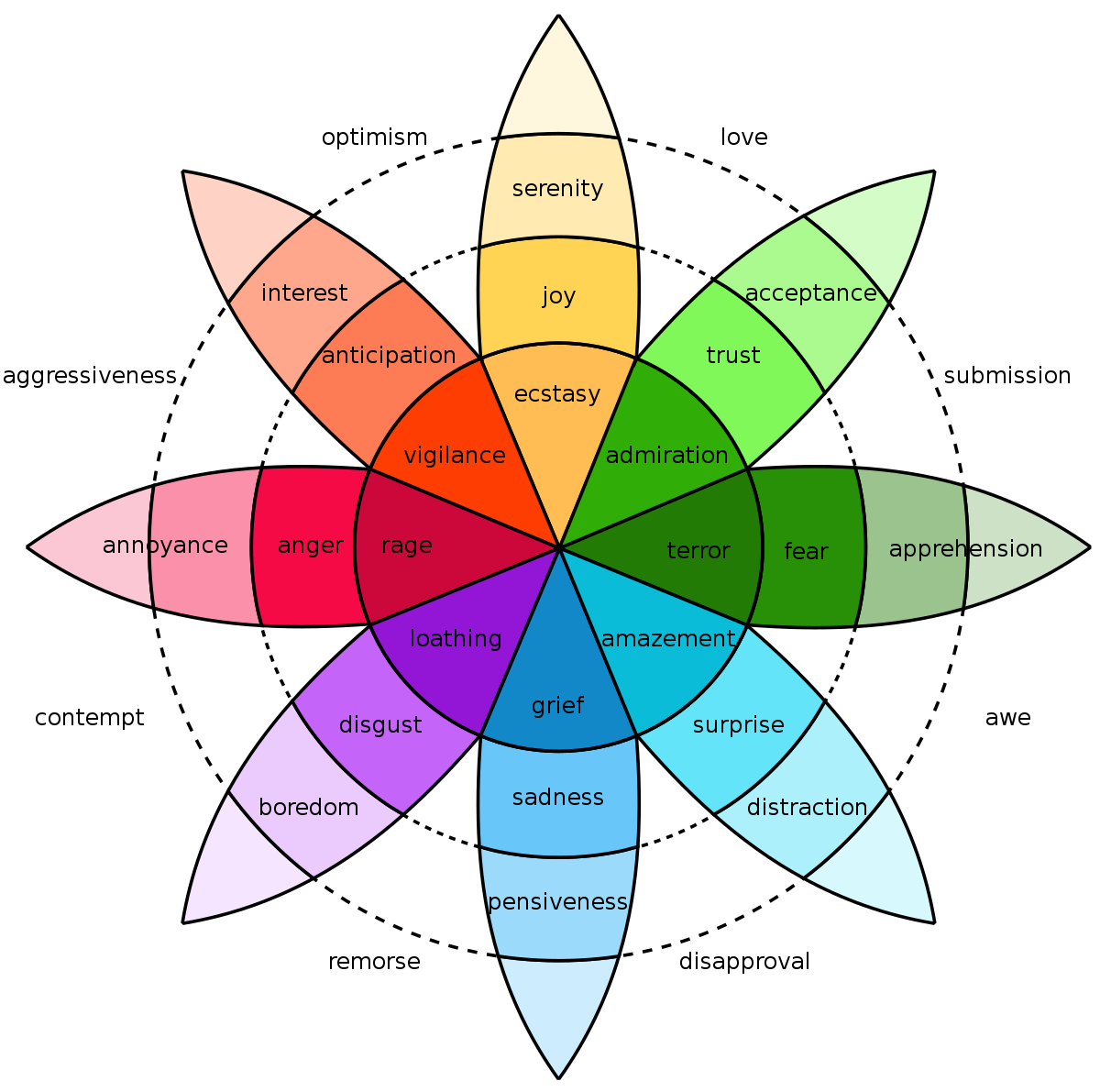
Another seminal graphic concept was developed by author Dr. Gloria Willcox. This version of the emotions wheel has spawned dozens of similar designs, as people continue to try to improve on the concept.
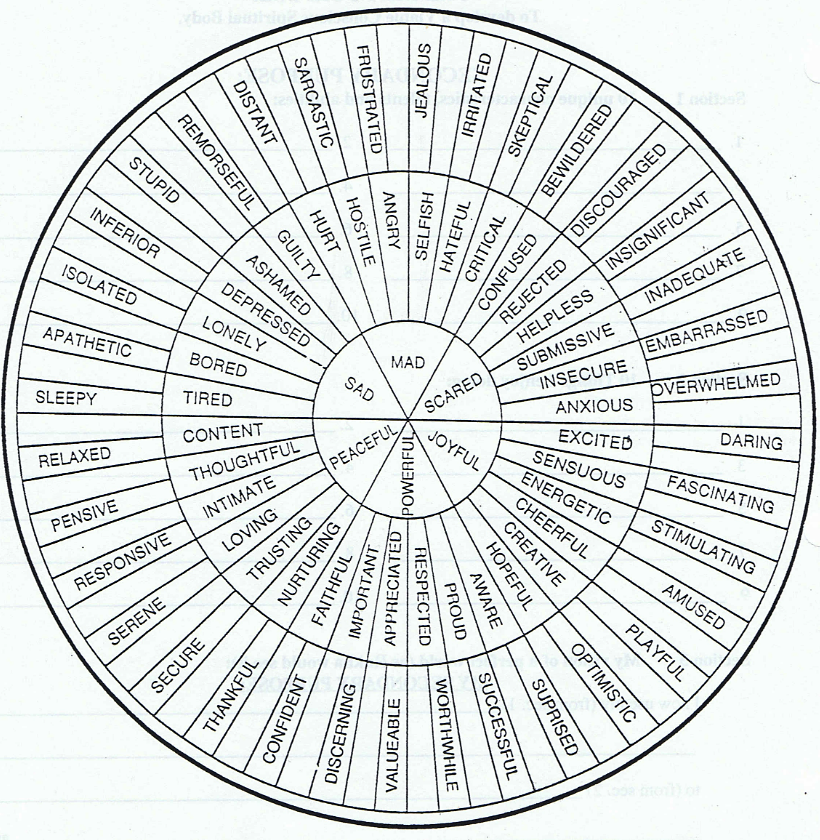
Further Exploration
The more we research human emotion, the more nuanced our understanding becomes in terms of how we react to the world around us.
Researchers at UC Berkeley used 2,185 short video clips to elicit emotions from study participants. Study participants rated the videos using 27 dimensions of self-reported emotional experience, and the results were mapped in an incredible interactive visualization. It is interesting to note that some video clips garnered a wide array of responses, while other clips elicit a near unanimous emotional response.
Here are some example videos and the distribution of responses:

The data visualization clusters these types of videos together, giving us a unique perspective on how people respond to certain types of stimuli.
Much like emotion itself, our desire to understand and classify the world around us is powerful and uniquely human.
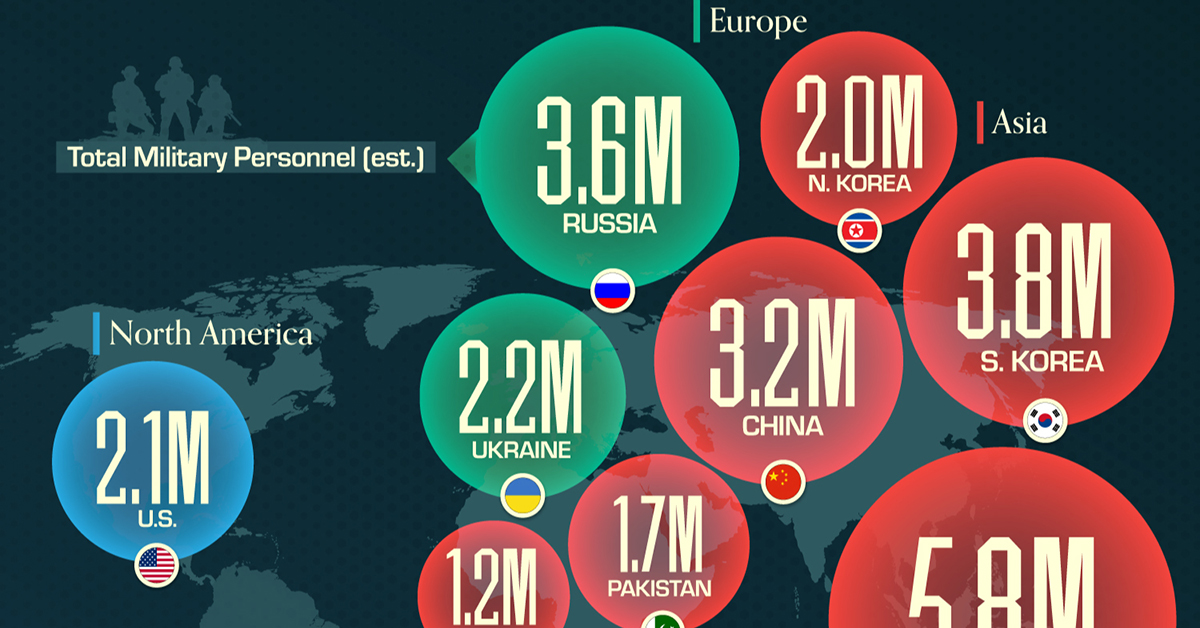
Mapped: The World’s Largest Armies in 2024
This was originally posted on our Voronoi app. Download the app for free on iOS or Android and discover incredible data-driven charts from a variety of trusted sources.
Despite being considered the biggest military force in the world, the United States doesn’t have the largest army in terms of personnel.
This graphic shows the top 10 countries by military personnel as of May 2024, including active and reserve personnel, as well as paramilitary forces. It is based on estimates from GlobalFirepower.com.
Vietnam, India, and South Korea Have the Biggest Armies
China has the largest standing army, with over 2 million active personnel. With increasing defense spending over the last decades, the country also ranks third in the number of tanks and second in the number of aircraft carriers in service.
When reserve personnel are included, however, the Chinese military falls behind those of Vietnam, India, South Korea, and Russia.
Vietnam’s forces include 600,000 active personnel and over 5 million in reserve. This is because Vietnam, along with countries like South Korea and Israel, has a standing policy of conscription for young adults.
| Country | Total Military Personnel (est.) | Region |
|---|---|---|
| 🇻🇳 Vietnam | 5.8M | Asia |
| 🇮🇳 India | 5.1M | Asia |
| 🇰🇷 South Korea | 3.8M | Asia |
| 🇷🇺 Russia | 3.6M | Europe/Asia |
| 🇨🇳 China | 3.2M | Asia |
| 🇺🇦 Ukraine | 2.2M | Europe |
| 🇺🇸 United States | 2.1M | North America |
| 🇰🇵 North Korea | 2.0M | Asia |
| 🇵🇰 Pakistan | 1.7M | Asia |
| 🇮🇷 Iran | 1.2M | Middle East |
Interestingly, the 2022 Russian invasion of Ukraine resulted in a massive increase in Ukrainian personnel numbers. Active personnel rose from around 170,000 in 2016 to over 900,000.
Despite not having the largest army, the U.S. accounts for almost 40% of global military expenditures, with its 2022 spending totaling $877 billion.
China ranked second in absolute terms, accounting for another 13% of world military expenditure at $292 billion.
-

 Maps7 days ago
Maps7 days agoMap: Where Are America’s Largest Landfills?
-
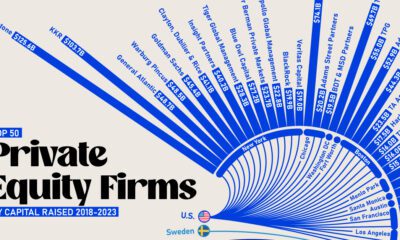
 Finance2 weeks ago
Finance2 weeks agoRanked: The World’s 50 Largest Private Equity Firms
-

 Markets2 weeks ago
Markets2 weeks agoMapped: The 10 U.S. States With the Lowest Real GDP Growth
-

 Economy2 weeks ago
Economy2 weeks agoComparing New and Current U.S. Tariffs on Chinese Imports
-

 China2 weeks ago
China2 weeks agoWhich Countries Have the Most Economic Influence in Southeast Asia?
-

 United States2 weeks ago
United States2 weeks agoThe Top 25 Nationalities of U.S. Immigrants
-

 Countries2 weeks ago
Countries2 weeks agoRanked: Countries Where Youth are the Most Unhappy, Relative to Older Generations
-

 Technology2 weeks ago
Technology2 weeks agoVisualizing the 5 Most Common Cybersecurity Mistakes

